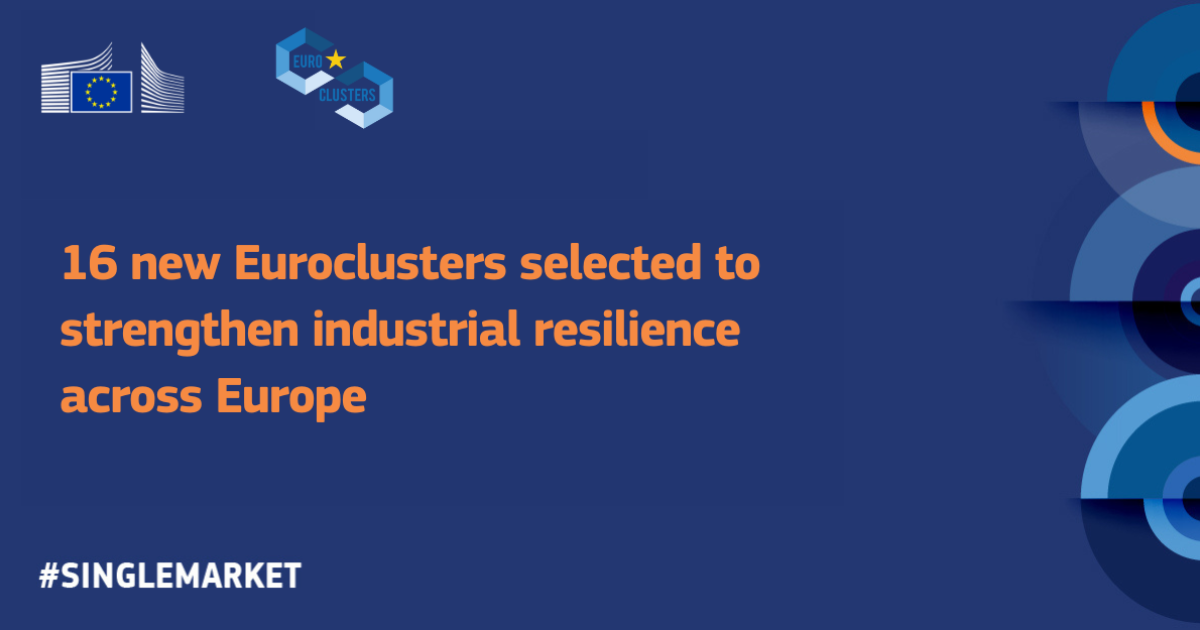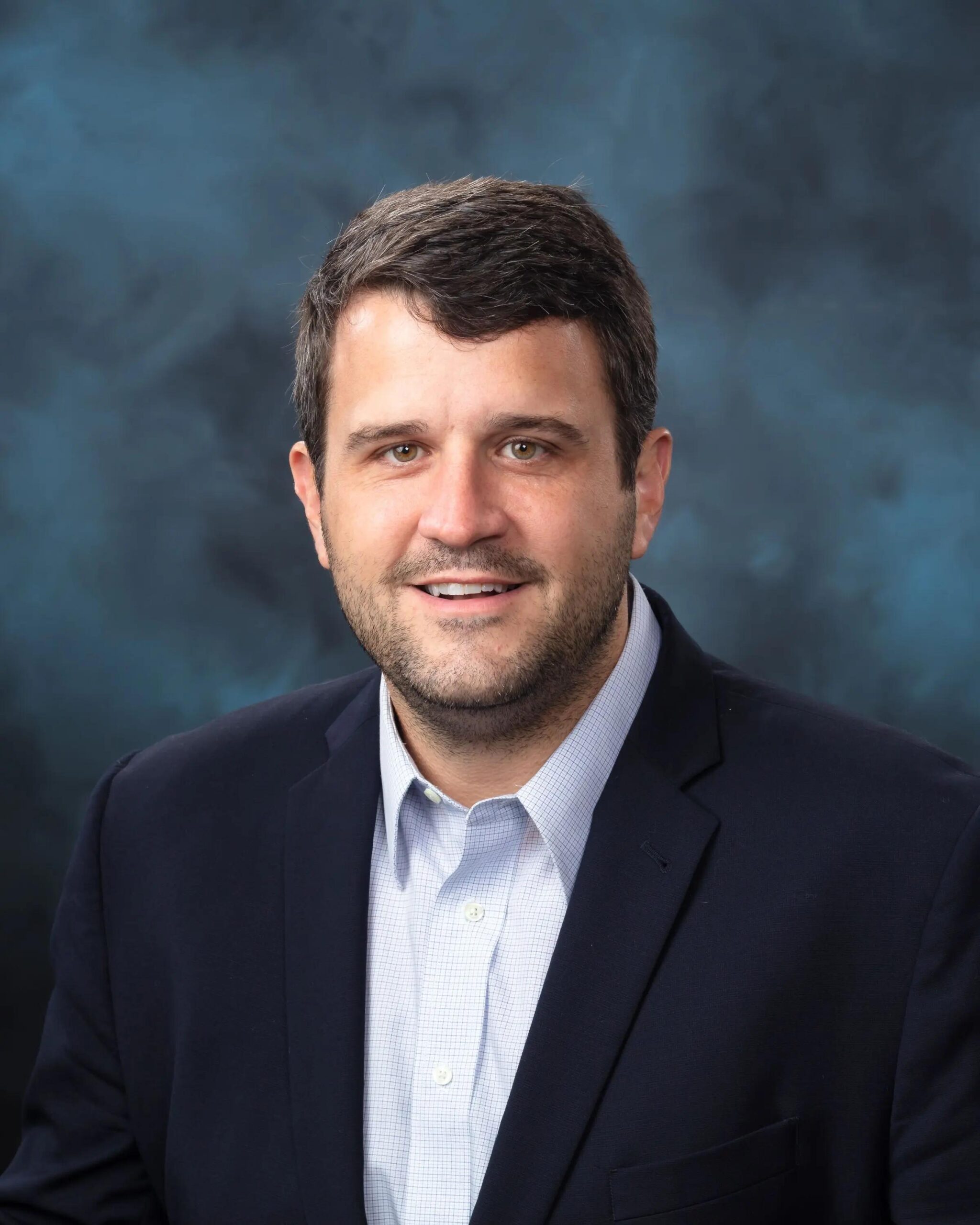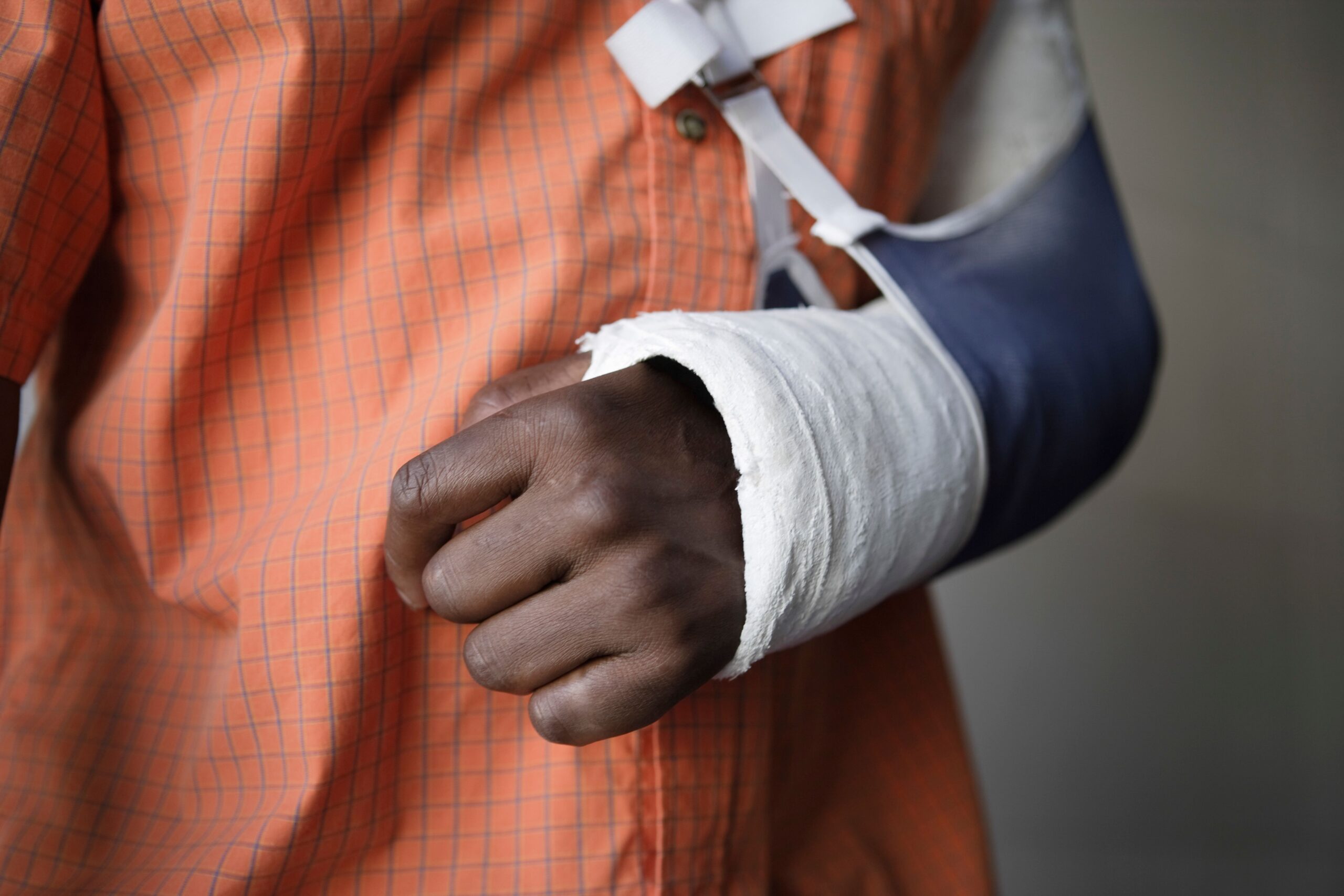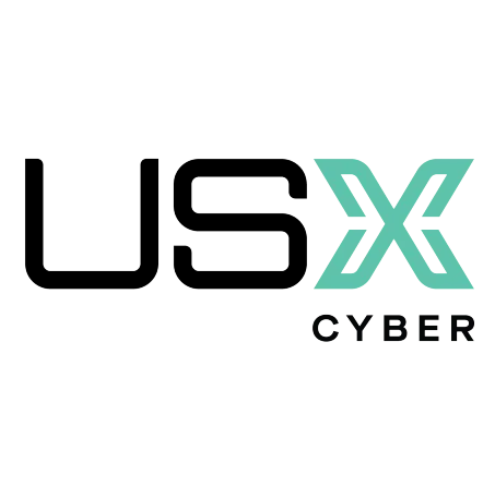VIENNA, Va., Oct. 20, 2025 (GLOBE NEWSWIRE) — USX Cyber®, the company behind the unified cybersecurity and compliance platform Guardient®, today announced that GUARDIENT is fully connected to and actively monitoring Microsoft GCC High…
Blog
-

A new generation of Euroclusters to strengthen industrial resilience across Europe
16 new Euroclusters were selected for funding under the call Joint Cluster Initiatives (Euroclusters) for Europe’s Recovery (SMP-COSME-2024-CLUSTER). With an overall budget of €42 million, the new partnerships will advance the EU’s ambition for a greener, more digital and more resilient industrial future.
Starting in October 2025 and running for a period up to 3 years, the 16 new Euroclusters, funded through the Single Market Programme, represent 107 beneficiaries from 26 countries and cover all 14 industrial ecosystems.
More than 30 million EUR of the Euroclusters budget will be channeled directly to SMEs through open calls organised by the consortia. This support will fund projects that:
- foster innovation and the uptake of advanced technologies,
- build capacity in strategic sectors, and
- drive Europe’s transformation towards a sustainable, digital and resilient economy.
Additional activities, including training, internationalisation and knowledge exchange will complement this main objective, helping small businesses expand their innovation potential and connect with new partners across borders.
The 16 Euroclusters are divided into two strands, focusing respectively on net-zero technologies and critical raw materials (Strand 1), and on other strategic value chains (Strand 2).
To see the whole list of the new Euroclusters and know more about each of them, read the article on the European Cluster Collaboration Platform (ECCP) website.
More information
European Cluster Collaboration Platform
To keep updated on the Euroclusters activities and achievements, follow the ECCP via their Social Media accounts on Twitter and LinkedIn and subscribe to the monthly ECCP newsletter.
Continue Reading
-

Lenovo Advances the AI-Enabled Workforce with Agentic AI: Trusted, Proven, and Ready to Deliver ROI
IDC projects agentic AI to double workforce productivity by 2027, while generative AI is already delivering $4 in return for every $1 invested.
Lenovo integrates new agentic AI capabilities across AI PCs, Services, and TruScale DaaS…
Continue Reading
-

LSO/Adès review – the mood-boosting musical equivalent of a Sad lamp | London Symphony Orchestra
By this point in October there is no escaping the shorter days, lower light and autumn drizzle, but this concert by London Symphony Orchestra – the first in a short series of LSO programmes this season and next curated by the composer and…
Continue Reading
-
Just a moment…
Just a moment… This request seems a bit unusual, so we need to confirm that you’re human. Please press and hold the button until it turns completely green. Thank you for your cooperation!
Continue Reading
-
Just a moment…
Just a moment… This request seems a bit unusual, so we need to confirm that you’re human. Please press and hold the button until it turns completely green. Thank you for your cooperation!
Continue Reading
-

Single-Particle ICP-TOF-MS Enables High-Throughput Isotopic Analysis of Uranium Particles for Nuclear Safeguards
Since the 1970s, the International Atomic Energy Agency (IAEA) has relied on environmental sampling to verify nuclear materials, traditionally using bulk digestion and particle-level mass spectrometry methods such as thermal ionization mass…
Continue Reading
-

REASSURE Data Affirm Safety of Radium-223 in mCRPC, Underscore Need for Bone Protection
In an analysis of 7-year follow-up data from the REASSURE study, Bertrand Tombal, MD, emphasized that the findings remain true to the study’s name—reassuring. The results show no significant increase in hematologic toxicity with Radium-223 in patients with metastatic castration-resistant prostate cancer (mCRPC) and bone metastases, while highlighting the critical importance of timing and bone health management.
In an interview with Pharmacy Times, Tombal discussed key takeaways for clinicians and pharmacists, including the need to paid Radium-223 with agents such as denosumab or zoledronic acid and to initiate treatment earlier in the disease course rather than in a palliative setting.
Q: Can you walk us through the key safety findings over this seven-year follow-up and kind of what you found?
Bertrand Tombal, MD: So first I’ll explain why REASSURE was set up. OK, so REASSURE was set up shortly after the ALINA trial because when the data came, there was always that worry that when you use a radioactive compound that goes in the bone marrow of the patient, because that’s where bone metastases are, you could actually increase the rate of hematological malignancies. So that’s why initially REASSURE was done.
So, the first conclusion is that REASSURE is reassuring. We don’t see a significant increase in the toxicity in the hematological toxicity of [Radium-223], so that was very important.
And now it’s close to 1500 patients, so we’ve learned a lot about radium, and basically, we have learned 3 things. The first one is that, yes, the toxicity is hematological, but we rarely have dramatic toxicity like grade 4 or grade 5. Most of the toxicity is limited to grade 1 and grade 3, and it’s really reversible. The second one is linked to the first one to some extent, in that Radium-223 is not a drug that you should use too late as a kind of palliative care setting. If you do that, then you get the toxicity because this patient has bone marrow exhaustion, and you don’t get any therapeutic effect. So that’s something we learned, which is very important. Radium-223 is a drug that has to be given early to metastatic CRPC patients with bone metastasis. If you give it too late, that’s where you’ve got the toxicity, and you don’t have the effect.
And then the third and very important observation is that indeed there is a toxicity, which is not necessarily to the molecule itself but to the fact that you’re tackling bone metastasis. So, if you tackle bone metastasis and you don’t protect your bones, you’re going to get a lot of fractures. There was confusion in the minds of the doctors because drugs like zoledronic acid and denosumab were developed to delay what we call skeletal-related events, which are basically complications of the cancer. When ALINA was published, it showed that it significantly delays [skeletal-related events], so the doctor would say, “No hurry. You don’t need to start this treatment soon.” What happens even with radiotherapy is that we have a lot of frailty and osteoporotic fractures, and you need to protect your patient with this. And so that’s the central message: if you’re using a drug that is heavily targeting the bone, the price to pay for the efficacy is an increased risk of bone fracture, and you absolutely need to combine Radium-223 with a bone-protecting agent.
Is it disruptive? Is it new information? No, it’s been in the guidelines for 15 years. And actually, you could really summarize and say if you give Radium-223, please follow the guidelines. What do the guidelines say? Radium-223 is indicated in patients with metastatic castration-resistant prostate cancer and bone metastasis. The guidelines say zoledronic acid and denosumab should be given to anybody with metastatic CRPC and bone metastasis. So, no surprise, just comply with the guidelines.
What is very interesting is all these messages from REASSURE actually resonate perfectly in the PEACE-3 trial, which is enzalutamide versus enzalutamide plus Radium-223, where we made absolutely the same observation. We haven’t seen any increase in hematological toxicity, and this is a randomized controlled trial.
The toxicity is acceptable. We haven’t seen one single side effect increased by more than 5%, except we see a lot of fractures if we don’t give bone-protecting agents.So that’s what we learned from this REASSURE trial, the main message being if you believe in Radium-223, it’s not a treatment you give in a palliative care setting. You have to give it quite early. What we see also in REASSURE, not necessarily in the poster represented here, but in other publications, is that the earliest you give it, the higher the chance you’re going to give all 6 cycles. So that, in a nutshell, is the summary of the poster.
Q: From the pharmacist’s perspective, what monitoring do you recommend when a patient is receiving this, especially given the data that you now have?
Tombal: Clearly, 2 things. Any drug that could increase the hematological toxicity—that’s very important. And second, most importantly, because I realize in my hospital [pharmacists] play a critical role in ensuring that the patient is receiving both targeted agents. You know, it’s not listed as a typical drug-drug interaction, so pharmacy software will not pop up because basically if you look at drug-drug interactions, there are no interactions with Radium-223. But the pharmacist is central to making sure that at the time of the prescription of the Radium-223, there is a prescription for 1 bone-targeted agent. We know that in places where the pharmacist has involvement in that quality control monitoring, the rate of incorporation of bone-protecting agents was higher, so that’s very important.
Q: Can you elaborate on how strong the association was between bone-protecting agents and reduced fracture risk, and what recommendations you would make about integrating these agents?
Tombal: Yes. At [the European Association of Urology Congress] last year we published a subset analysis of the first patients who received or did not [bone-protective agents]. And we see that actually, if you take, for instance, [progression-free survival], radiographic progression-free survival, administering a bone-protecting agent was increasing PFS by 15 or 17 months. So, the benefit is huge. And if we look at Radium-223, it was very simple. When we look at the initial part when we didn’t make use of bone protection agents compulsory, in the enzalutamide regimen arm, the rate of fracture was close to 20%. What was interesting is that in the enzalutamide arm alone it was 10%.
And when we administered the bone-protecting agent—in most cases it was denosumab, but zoledronic acid is good as well—we decreased that rate to 3% to 5%. So, my worry when we speak about Radium-223 and bone-protecting agents as a physician is that it’s not only when you give Radium-223; it’s every time your patient has bone metastasis and CRPC. So, my worry is that physicians say, “Oh, he doesn’t need radium, so he doesn’t need a bone-protecting agent.” No, the REASSURE data and the PEACE-3 data show this isn’t true.
Basically, there is a separate message beyond the radium. It’s the importance of bone-protecting agents, whatever drug you receive.
Continue Reading
-

Assessing High-Dose Versus Standard-Dose Influenza Vaccine Protection Against Severe Disease Outcomes
This infographic summarizes findings from FLUNITY-HD, the largest ever individually randomized influenza vaccine effectiveness trial. Conducted across nearly half a million older adults, the study provides valuable real-world insights into the…
Continue Reading
-

Search and Follow Your Favorite Venues on Spotify — Spotify
In March, we launched Concerts Near You to help listeners find concerts from their favorite artists. Since then, more than 3 million people have used it to discover nearby events. But…
Continue Reading
